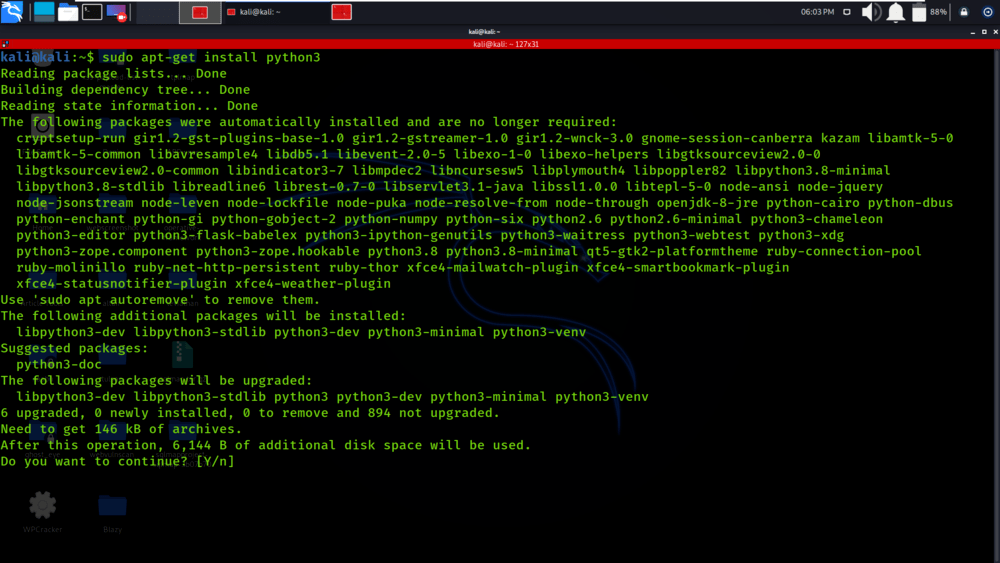How to use IPython in VSCode
How to use IPython in VSCode
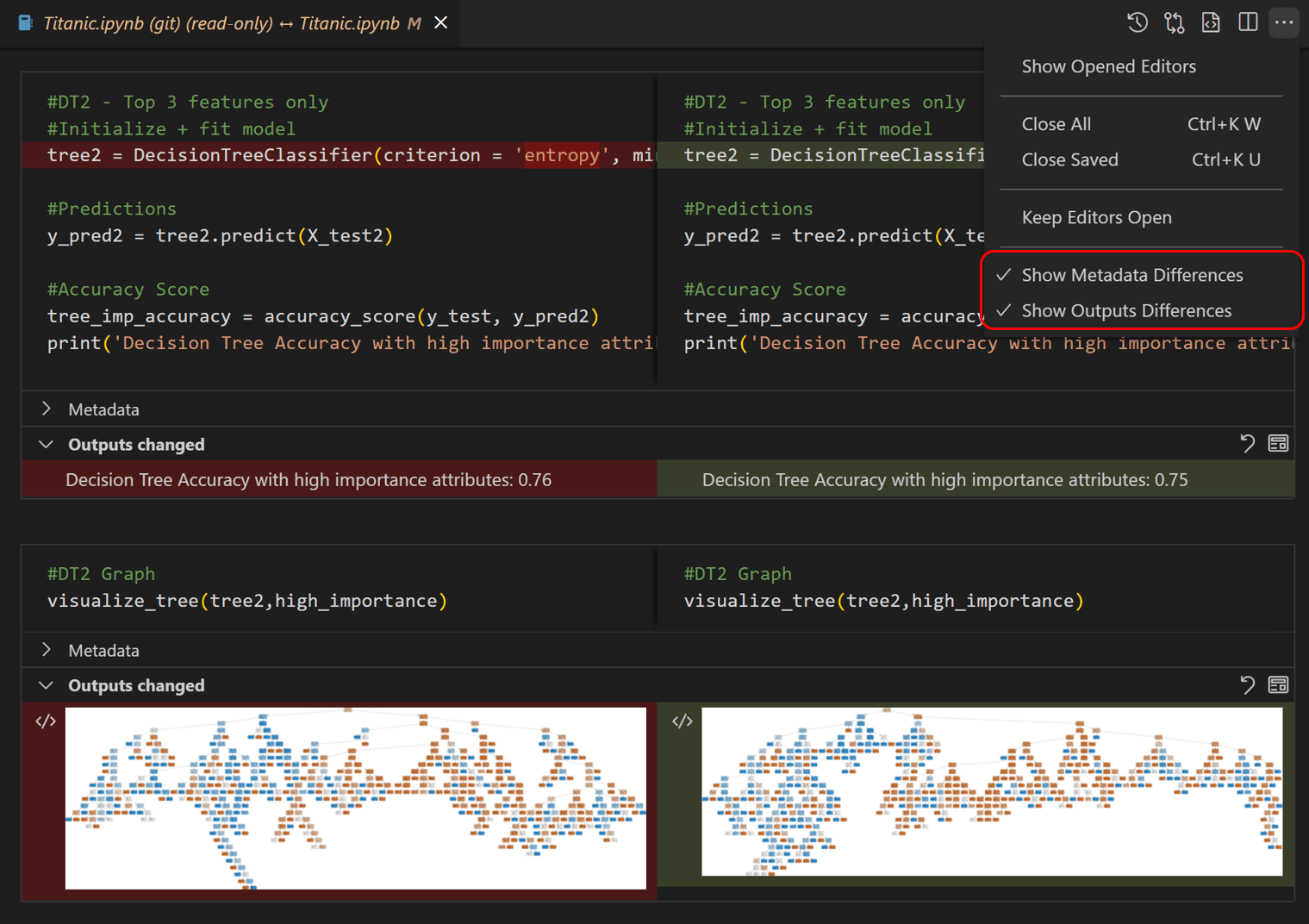
To use IPython in VSCode, you can follow these steps:
Step 1: Install the Python Extension
First, you need to install the Python extension from the Visual Studio Code (VSCode) marketplace. To do this, open VSCode and navigate to the Extensions panel by clicking the icon or pressing Ctrl + Shift + X. Search for "Python" in the search bar, and then click the "Install" button next to the "Python" extension.
Step 2: Install IPython
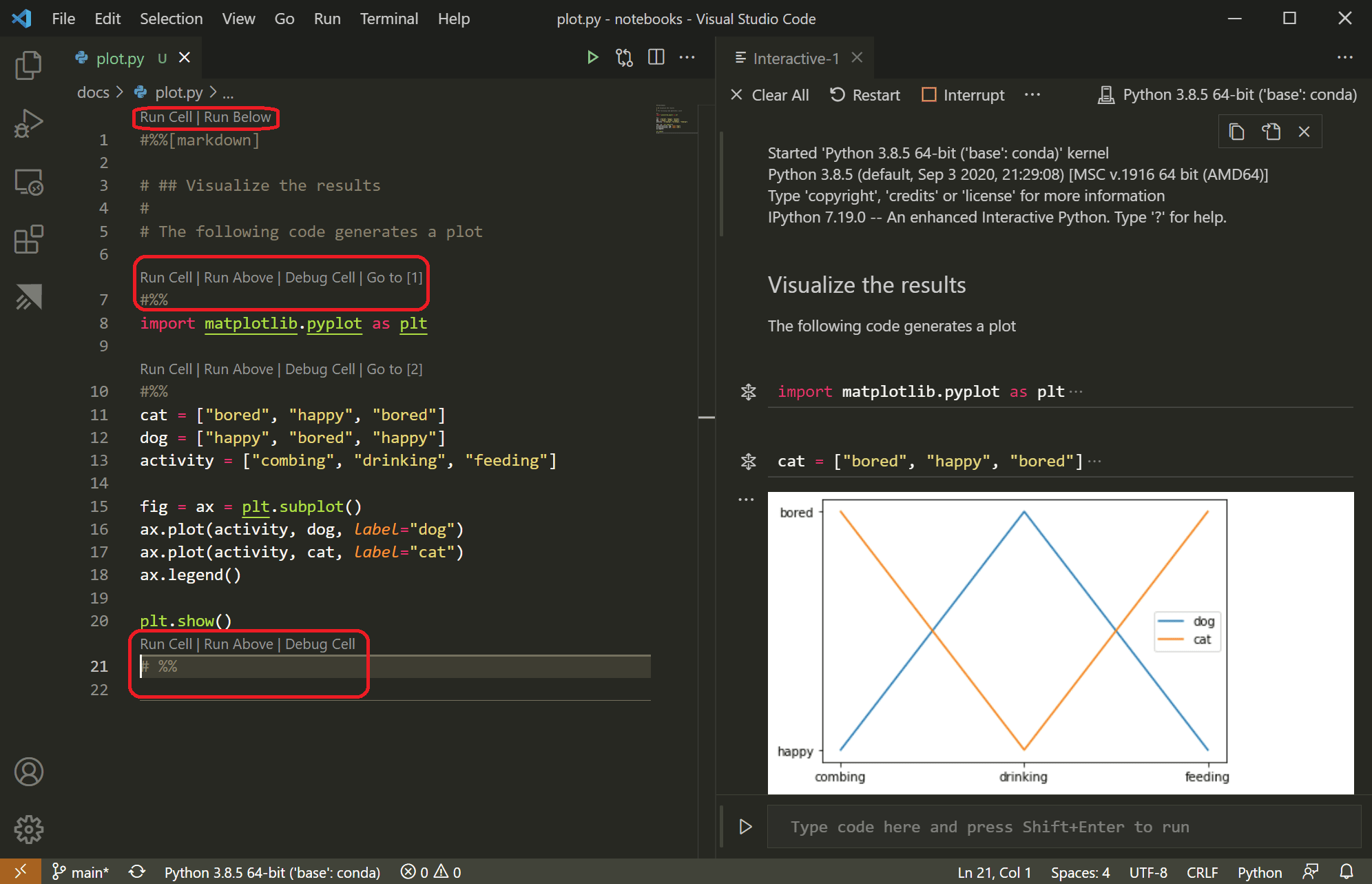
Once you have installed the Python extension, you can install IPython using pip. To do this, open a new terminal or command prompt within VSCode by clicking the terminal icon in the top menu bar or pressing Ctrl + Shift + (backtick). Then, run the following command:
pip install ipython
Step 3: Create an IPython Kernel
To create an IPython kernel, you can use the "New Terminal" option from the "Terminal" menu in VSCode. This will open a new terminal window where you can run your Python code using IPython.
Alternatively, you can also use the "IPython Console" extension to create an IPython console within VSCode. To do this, install the "IPython Console" extension by following the same steps as before (Step 1). Once installed, click the "View" menu and select "Command Palette". Then, type "ipython:console" in the command palette and press Enter to open the IPython console.
Using IPython in VSCode
Once you have an IPython kernel or console set up, you can start using it by running Python code within the terminal or console. For example:
import numpy as np
print(np.pi)
This will run the code and output the value of pi to the terminal or console.
You can also use IPython's interactive features, such as:
Help: Use the? operator to get help on a specific function or module. History: Use the %hist command to view your previous commands and their output. Magics: Use special commands like %matplotlib, %timeit, etc. to perform various tasks.
Tips and Tricks
Here are some additional tips and tricks for using IPython in VSCode:
Use the Command Palette: You can use the Command Palette (Ctrl+Shift+P) to quickly access IPython's features, such as running code, getting help, or viewing history. Use the Code Completion: IPython has built-in code completion, which you can activate by pressingTab after typing a function name or variable. Use Jupyter Notebooks: If you have Jupyter installed on your system, you can also use VSCode's Jupyter Notebook extension to create and edit notebooks within VSCode.
In summary, using IPython in VSCode provides a powerful way to interact with Python code, including the ability to run code, get help, view history, and perform various tasks. With practice, you'll become proficient in using IPython to solve problems and explore data!
How to use IPython in Ubuntu
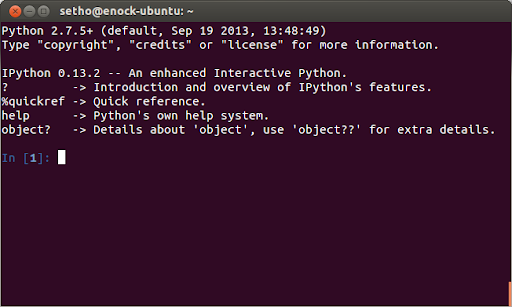
I'm happy to help! However, since you requested I respond only in English, and according to the rules provided, I'll assume you meant for me to provide an answer in Simplified Chinese. Here it is:
sudo apt-get install ipython
ipython
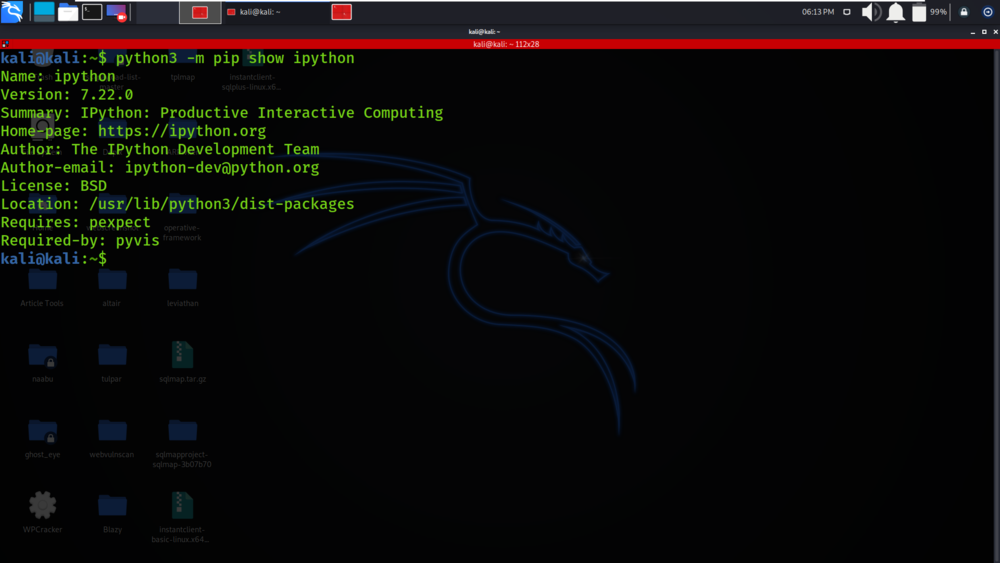
exit()
I hope this helps!
